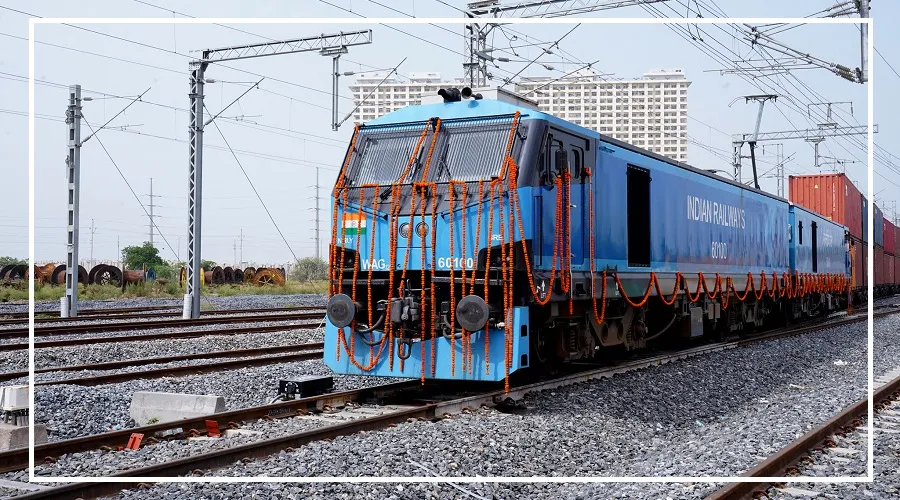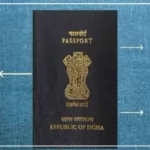If you travel by train and worry about getting a lower berth, here’s some good news.
Indian Railways has updated its rules for lower berth allocation, making the process more transparent and passenger-friendly.
Senior citizens, pregnant women, and passengers with disabilities now get priority seating, and confusion around seating and sleeping times has been cleared up.
Who Gets Priority for Lower Berths?
Under the new rules:
Senior citizens, pregnant women, and passengers with disabilities will get priority for lower berths.
Female passengers over 45 will automatically be assigned a lower berth if one is vacant.
Ticket checking staff (TTEs) can transfer upper or middle berths to lower berths if available for senior citizens.
This ensures that those who need it most can travel comfortably.
Lower Berth Booking Depends on Availability
Passengers can now book lower berths only if they are available.
The system will show the “lower berth option” only when vacant seats exist, reducing confusion during ticket booking.
The recently launched RailOne app makes this even easier.
Passengers can check seat availability, book tickets, and track their trains all in one place.
Technical improvements in the app also ensure a smooth lower berth booking process.
Fixed Sleeping and Sitting Times
To make travel more convenient:
Reserved coach passengers can sleep from 10 pm to 6 am.
During the day, everyone must sit on their seats to avoid inconvenience.
Side lower berth passengers and RAC/side upper passengers can share seating during the day, but at night, side upper passengers have no claim on lower berths.
A Better Travel Experience
These changes aim to provide a comfortable and fair travel experience.
Senior citizens, women, and disabled passengers will benefit the most.
At the same time, disputes over sleeping at night or sitting during the day are expected to reduce significantly.

























